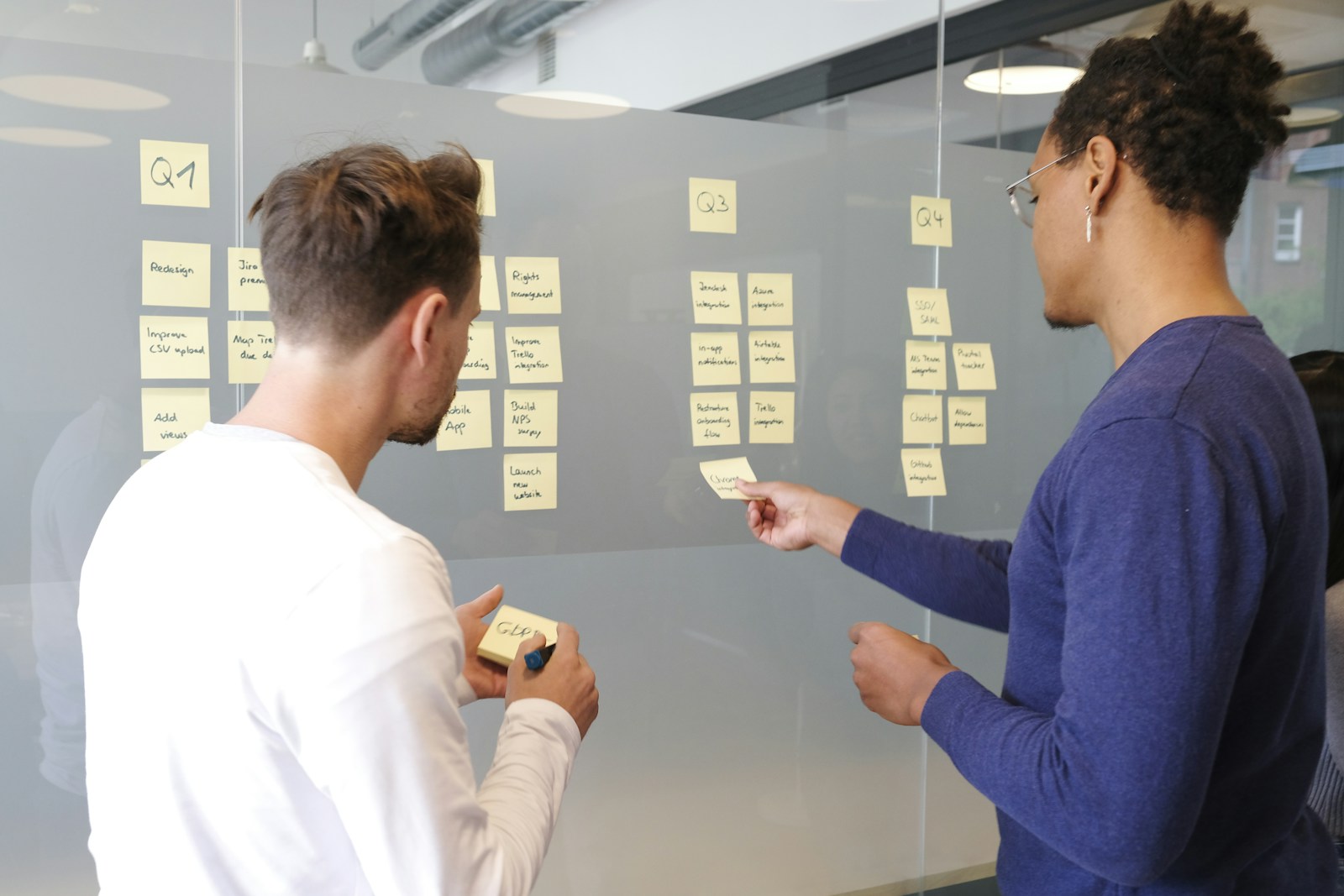Overview of the Right to Disconnect
The recent Fair Work Legislation Amendment (Closing Loopholes No. 2) Act 2024 introduces a significant new entitlement for national system employees: the right to disconnect. Effective from 26 August 2024, this right will apply to all national system employers and employees, excluding small businesses. This new provision is incorporated into Part 2-9 of the Fair Work Act 2009.
As this right is enshrined in legislation, it takes precedence over any specific provisions on disconnection that may exist in an enterprise agreement or other collective agreements. Understanding the implications of this change and how it affects workplace communication practices is essential for all senior leaders.
What Does the Right to Disconnect Mean?
The right to disconnect provides all national system employees with an enforceable right to refuse to monitor, read, or respond to any work-related contact—be it from their employer or a third party—outside of their designated working hours, unless it is deemed unreasonable to do so. This right encompasses various forms of communication, including emails, phone calls, text messages, social media interactions, and messaging services.
Importantly, this legislation does not prevent managers or third parties from attempting to make contact outside of working hours. However, it sets clear expectations about when it is appropriate for employees to respond.
Amendments to Modern Awards
In addition to the legislative changes, the Fair Work Commission has amended Modern Awards to include a model term addressing the right to disconnect. Employers must ensure they are aware of these changes and understand how they impact their specific Modern Award obligations. This amendment means that, in addition to complying with the new legislation, employers should review and, if necessary, update their workplace policies and agreements to align with the updated Modern Award terms.
Beyond Compliance: The Real Impact of the Right to Disconnect
While the recent amendment has made the right to disconnect a legal requirement, the broader message from the government is clear: employers need to ensure they are supporting a healthy work-life balance for their employees. The true impact of this legislation goes beyond mere compliance; it centres on fostering open communication and managing expectations effectively.
This change presents an opportunity for organisations to revisit their workplace culture and practices. By proactively addressing issues around work-life balance, companies can enhance employee engagement, reduce burnout, and improve overall productivity.
Determining What is ‘Reasonable’
Whether an employee’s refusal to respond is “reasonable” will depend on the circumstances, judged by what an objective, reasonable person might deem appropriate. The legislation outlines several factors to consider when determining the reasonableness of such refusals, including:
- The purpose and urgency of the contact.
- The method of contact and the level of disruption caused.
- The extent to which the employee is compensated for remaining available outside their normal hours.
- The employee’s role and level of responsibility.
- The employee’s personal circumstances, including family or caregiving responsibilities.
This list is non-exhaustive, meaning other relevant factors, such as established patterns of contact, may also be considered.
Implications for Managers
While the right to disconnect does not prohibit contact outside of working hours, managers should be thoughtful and exercise discretion. Before contacting an employee outside of their working hours, consider the following:
- Is the contact necessary or urgent?
- What is the potential impact or disruption to the employee?
- What is the employee’s role or level of responsibility?
- Does the employee receive additional remuneration for being on call or contactable?
- Are there personal circumstances that may affect the employee’s ability to respond?
By considering these factors, managers can help maintain a respectful balance between operational needs and employees’ right to personal time.
Preparing for the Right to Disconnect
To comply with this new right, and to promote a balanced work environment, companies should proactively prepare by:
- Reviewing and updating internal policies to align with the right to disconnect.
- Educating managers and employees on their rights and responsibilities under the new legislation.
- Ensuring compliance with any amendments to Modern Awards that affect your workplace.
- Establishing clear communication protocols to minimise unnecessary out-of-hours contact.
- Encouraging a culture where expectations around after-hours communication are clearly articulated and understood.
- Providing guidance on how to handle situations where urgent contact is genuinely required.
By taking these steps, companies can support both managers and employees, ensuring smooth implementation of this new workplace right while promoting a healthy work-life balance.
Further Information
For more detailed guidance, visit the Fair Work Ombudsman’s website: Right to disconnect – Fair Work Ombudsman.
Next Steps
As a leader, now is the time to take action. Review your current workplace policies and practices to ensure they align with the new right to disconnect legislation. Foster a culture of open communication and clearly define expectations around after-hours contact. By prioritising work-life balance, you can enhance employee wellbeing, boost engagement, and drive sustainable business success.
Need assistance navigating these changes? Contact us today to learn how we can help your organisation implement effective strategies that support compliance and promote a positive workplace culture. Let’s work together to create a healthier, more productive work environment for your team.

























0 Comments